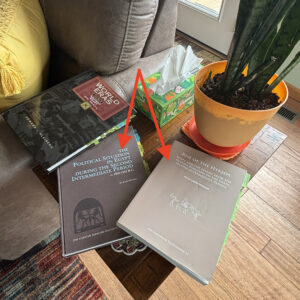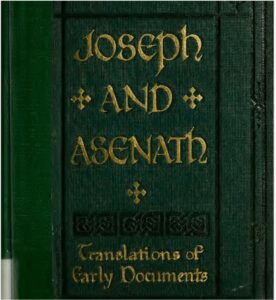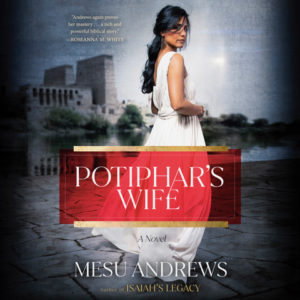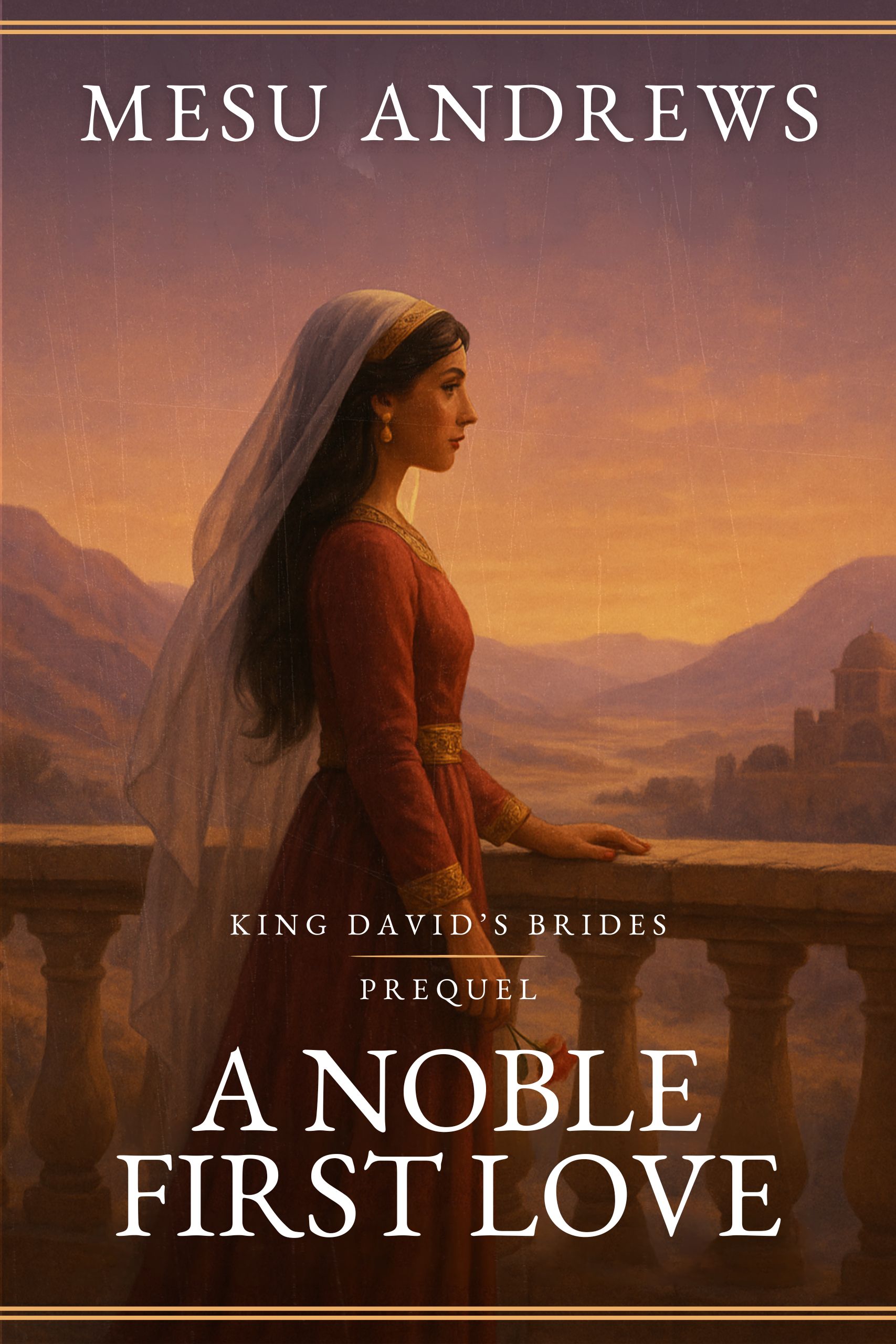 If you’re looking for the TRUTH about Joseph’s story, check out Genesis 37-50. I’ve given a bulleted list of highlights in April’s newsletter, but reading the Truth straight from God’s Word is always best! With this post, I hope to share what Egyptian records revealed as facts and how I decided on the creative fiction in Potiphar’s Wife and In Feast or Famine.
If you’re looking for the TRUTH about Joseph’s story, check out Genesis 37-50. I’ve given a bulleted list of highlights in April’s newsletter, but reading the Truth straight from God’s Word is always best! With this post, I hope to share what Egyptian records revealed as facts and how I decided on the creative fiction in Potiphar’s Wife and In Feast or Famine.
(Because I’m an Amazon advertising affiliate, I earn a small commission when you make purchases using Amazon hyperlinks from this site.)
The Face of Joseph
Before I begin any project, I need to have a photo that matches the main characters’ outer appearance and inner “essence.” I can’t stress enough how important this search is for the right face, eyes, and photo–especially for a series.
The Joseph I chose is a real person, Raz Degan, who is a Jewish actor and model. Thankfully, this very handsome “Joseph” has a hefty online presence. He may not be the righteous, obedient, God-focused Joseph we see in the Bible. However, his LOOKS could most certainly draw the attention of Potiphar’s wife.
View this post on Instagram
CLICK HERE for more photos of Raz Degan on Instagram. CLICK HERE for another peek on my Pinterest character board.
Book #1 – Potiphar’s Wife
Was Potiphar’s Wife Really From Crete?
I found lots of opinions on what nationality Potiphar’s wife might have been. Those expert opinions fell into three main camps. Was her heritage:
- Cushite royalty?
- The daughter of an Egyptian high priest (much like Joseph’s future wife)?
- A part of a political gift from Crete?
A royal princess from Crete made the most sense from the historical research I found (which I’ll explain more in the next section). For now, take a look at the video below to learn more about Crete, one of the most fascinating islands on the planet.
I ran into a little trouble with my cover designer because of Crete’s fashion during the time of the great earthquake that propelled Princess Zully into an unwanted Egyptian marriage. Minoan women of that era would have worn multi-tiered skirts and jackets. The brightly colored jackets came only to the waist, had short sleeves, covered the back, but closed around the middle–leaving the full breasts exposed. 😯 We certainly couldn’t put THAT on the cover! CLICK HERE to learn more about Minoan fashion. (And notice what a lovely job my cover designer did with Zully’s gown.) 😉
Was Pharaoh Khyan the Pharaoh During Joseph’s Time?

Hyksos reference books, authors: Kim Ryholt and Anna-Latifa Mourad
Here’s an agreed-upon fact about the list of Pharaohs in Egyptian history:
No one agrees on the list of Pharaohs in Egyptian history. 🙄
Many scholars use The Turin King List as their standard when beginning research on any Egyptian project. Our research is only as good as the resources we choose. I often tell authors, you can look at Wikipedia, but don’t stay there. So why did I believe this information from Wiki?
Seuserenre Khyan (also Khayan or Khian) was a Hyksos king of the Fifteenth Dynasty of Egypt, ruling over Lower Egypt in the second half of the 17th century BCE. His royal name Seuserenre translates as “The one whom Re has caused to be strong.” Khyan bears the titles of an Egyptian king, but also the title ruler of the foreign land (heqa-khaset). The later title is the typical designation of the Hyksos rulers. (CLICK HERE to see the full article on Wikipedia)
Because Wikipedia’s BIBLIOGRAPHY is the best place to find Egyptian experts! Do you see the arrows to those two books? They’re textbooks I discovered on Academia.edu, an academic site for educators who publish their theses and dissertations on the site. The two main contributors to the Hyksos Wiki article were the main contributors to nearly all the Hyksos information on Academia.edu.
I then searched Amazon to purchase their books…oh, my. These books were the only resources I’ve paid full price to add to my library–over $100 each. 😯 I rationalized that I’d use them EXCLUSIVELY for both books in my Egyptian Chronicles series–since they were teaching Egyptologists all over the world!
I knew I could trust the historical facts I found in the Ryholt and Mourad books to include in my fiction for both Potiphar’s Wife and In Feast or Famine. Here’s the cool part: Every bit of their “facts” led me to the Bible’s Truth AND gave wings to the creative fiction already brewing in my mind.
Was Khyan Really a Giant?
If you’ve already read the Egyptian Chronicles series, you know I suggest that Pharaoh Khyan is “a giant” of a man. Why do that? Because he was part of the “Hyksos” era of kings. The Hyksos kings were Canaanites who moved into Egypt and overthrew the Egyptian rulers for a time. Their record keeping wasn’t as meticulous as the Pharaohs before or after them, the reason for the uncertain listings in the Turin King’s List. Even more reason for the question: Why make Khyan a giant? Because of these two Scriptures:
The Nephilim were on the earth in those days—and also afterward—when the sons of God went to the daughters of humans and had children by them. They were the heroes of old, men of renown. Genesis 6:4 (emphasis added)
Og king of Bashan was the last of the Rephaites. His bed was decorated with iron and was more than nine cubits long (13.5′) and four cubits wide (5.9′). It is still in Rabbah of the Ammonites. Deuteronomy 3:11 (emphasis added)
- Nephilim were 1/2 angel (supernatural being) and 1/2 human; Rephaites were some part supernatural; some part human.
- These “semi-supernatural” beings reappeared AFTER THE FLOOD and assimilated into (or created) various tribes in Canaan: Anakites, Rephaim, and Rephaites. Some believe they infiltrated existing tribes–like the Ammonites–in the form of valiant, fighting giants (like Goliath from Gath). You can discover more in my August 2025 release, Noble: The Story of Maakah (King David’s Brides, Book #2). CLICK HERE to preorder NOW and get 40% off the retail price.
Choosing the Giant Pharaoh
I did a quick search for the tallest man in the world and found much more than a name. (What did writers do before the internet?) Meet Sultan Kösen…
Sultan appears in both books in the Egyptian Chronicles. In both titles, his name is Pharaoh Khyan. He’s a wounded hero who feels deep love for his primary wife. He adores his kitchen maid–who also happens to be the woman who raised him and his best friend, Captain Potiphar. Khyan and his captain possess the same dangerous ambition that will build Lower Egypt into a world power–or so they believe.
Book #2 – Potiphar’s Wife
Weaving Fiction Into Biblical Truth
Scripture informs us of many Truths in Joseph’s story, not only about how he was falsely arrested and sent to prison, but also how the Lord rescued him–and gave him a new life!
Pharaoh gave Joseph the name Zaphenath-Paneah and gave him Asenath daughter of Potiphera, priest of On, to be his wife. Genesis 41:45 (emphasis added)
God not only spoke through Joseph to interpret Pharaoh’s nightmares, but He also provided a plan to navigate fourteen years (seven years of over-abundant rain and seven years of drought). Pharaoh gave Joseph three things:
- An Egyptian name – Zaphenath-Paneah (Truth) — so Joseph would more readily be accepted among the Egyptian officials and population he would now rule (fiction).
- Asenath, priest’s daughter (Truth) — Joseph hadn’t been shy about giving glory to his Hebrew God, and likely wouldn’t be while carrying out the plan his God authored. Better that a priest’s daughter traveled beside him than to send him all over Egypt to evangelize for an unknown Hebrew God.
- Potiphera, priest of On (Truth) — On was a pivotal religious/political city in Lower Egypt (northern land), and its priest held great sway among Pharaoh’s officials. Best to appease Potiphera, who was clearly disgruntled with Pharaoh’s choice to make Joseph vizier (fiction).
Sifting Ancient Fiction for Today’s Reader
 Very early in my research process on Asenath, I discovered an ancient document simply called, Joseph and Asenath. Could research for an Old Testament story be so easy? Uh, no.
Very early in my research process on Asenath, I discovered an ancient document simply called, Joseph and Asenath. Could research for an Old Testament story be so easy? Uh, no.
Joseph and Asenath is included in the Pseudopigrapha (may be called, The Story of Asenath, or The Testament of Joseph) and often claims to be “the rest of the story” on Bible passages. If you’re well-grounded in God’s True Word, read about the Pseudopigrapha or the Joseph and Asenath PDF to understand why these writings were not included in God-breathed Scripture.
All Scripture is God-breathed and is useful for teaching, rebuking, correcting and training in righteousness, so that the servant of God may be thoroughly equipped for every good work. 2 Timothy 3:16–17
The manuscript of Joseph and Asenath, published sometime between 200 B.C. – 200 A.D., and, as I understand it, never claimed to be the Truth. This story was intended to be read as fiction–maybe as the first biblical fiction!–and meant to proselytize devout Jews into soul-saving relationships with Jesus of Nazareth.
My Favorite Character
 I’m a sucker for cute animals in a book. I usually pick dogs, but that would be awkward since Egypt is sort of the homeland for ancient cats. But they’re also known for a certain type of monkey that is ADORABLE! Meet Jendayi (CLICK to hear Jendayi’s name pronunciation). She was my inspiration while writing those emotional scenes of In Feast or Famine. I loved this little monkey so much that I even bought one for my editor and TWO more for launch giveaways!
I’m a sucker for cute animals in a book. I usually pick dogs, but that would be awkward since Egypt is sort of the homeland for ancient cats. But they’re also known for a certain type of monkey that is ADORABLE! Meet Jendayi (CLICK to hear Jendayi’s name pronunciation). She was my inspiration while writing those emotional scenes of In Feast or Famine. I loved this little monkey so much that I even bought one for my editor and TWO more for launch giveaways!
This fictional addition to my story became a vivid character in my heart. Jendayi taught me (and Asenath) many lessons on faith and life and how to listen to the One who created ALL things. Isn’t it fun to learn from the creative spark that God put inside us all? Granted, fiction will never rise above the inspired Truth of Scripture–NEVER! But when my imagination is captured by God-honoring fiction that sends my readers searching His Word for Truth, good things are bound to happen. 😆
Want to Share Today’s Newsletter or This Featured Article?
The best way to help me reach more people with my stories is to share the newsletter itself. You’ll find several social media icons at the bottom of the Newsie update that came to your inbox, or you can use the email icon to share it directly with a few chosen friends!




